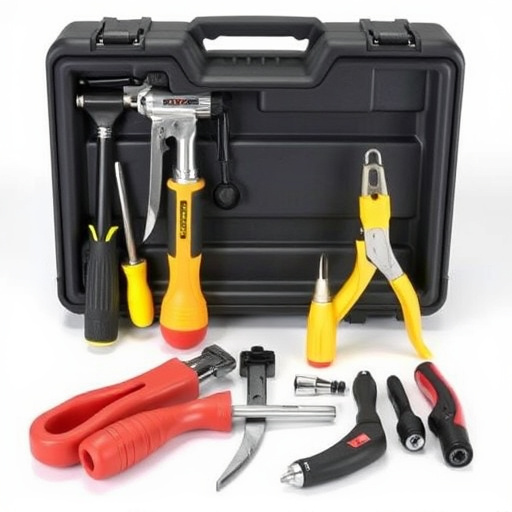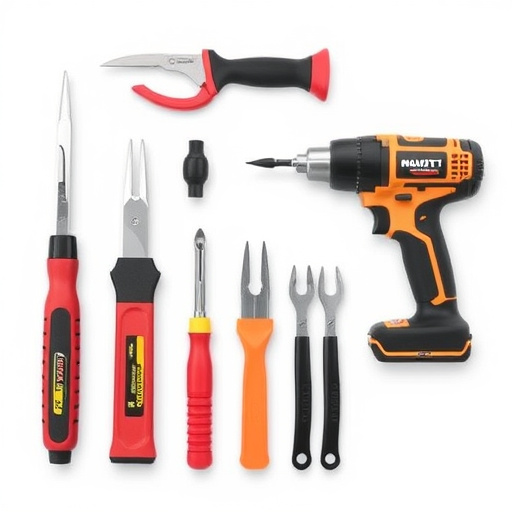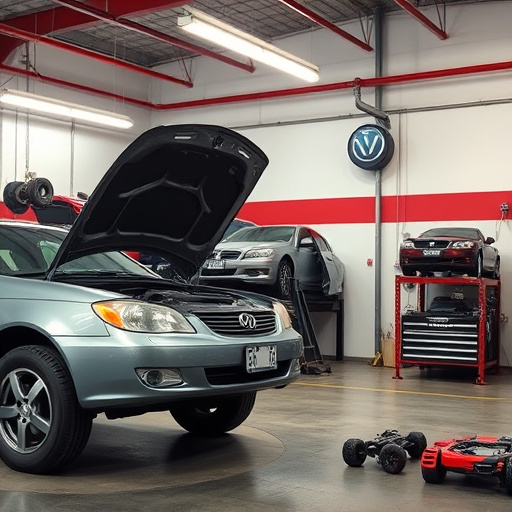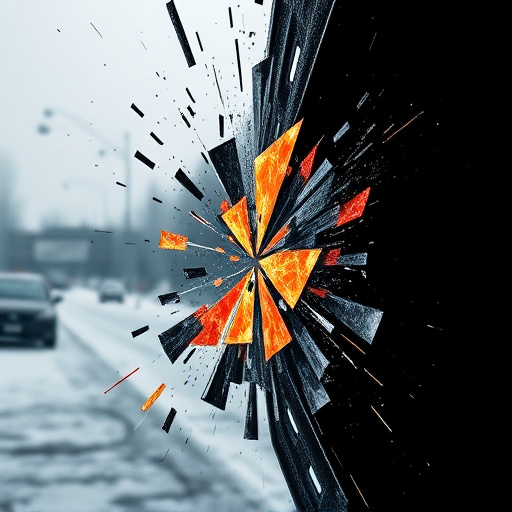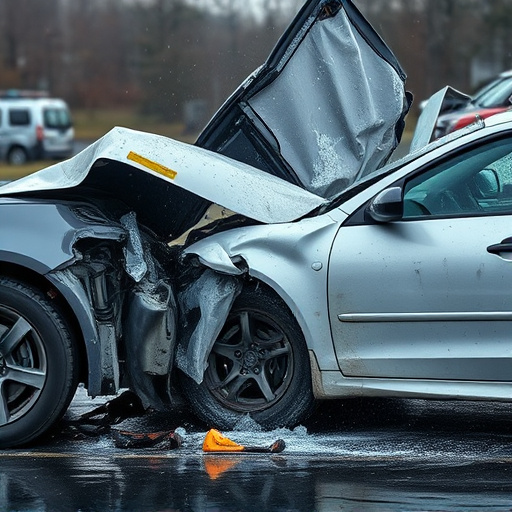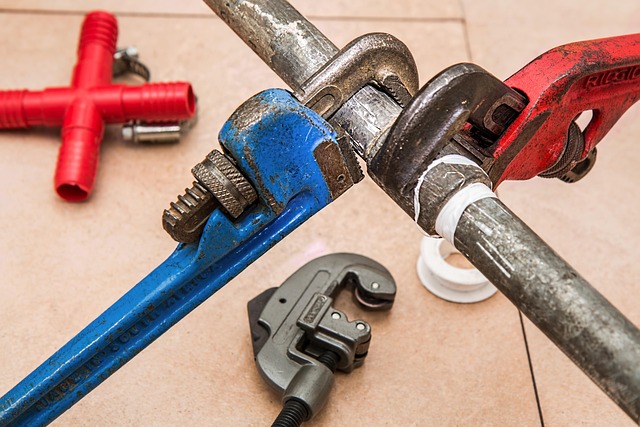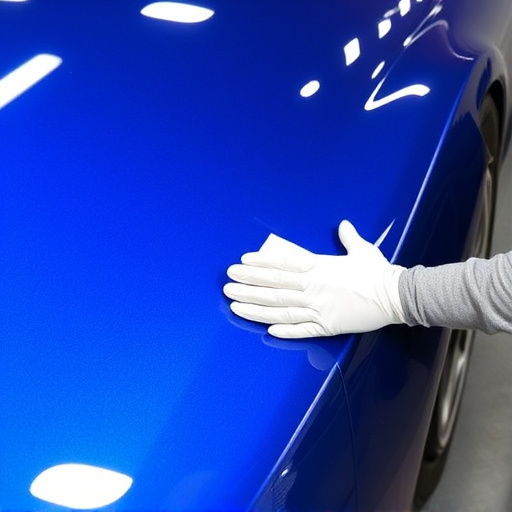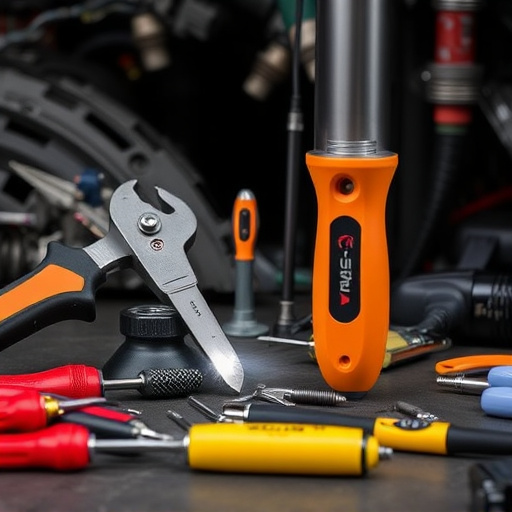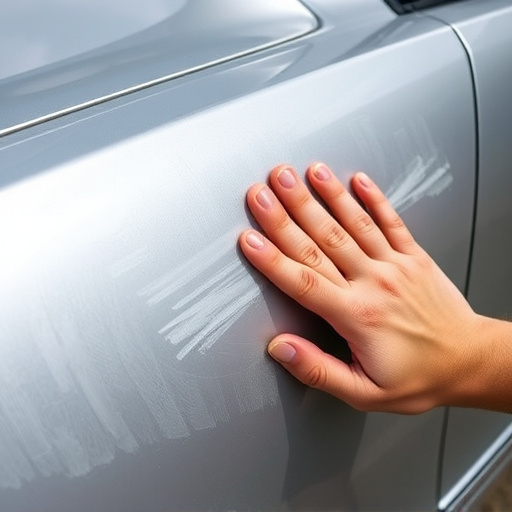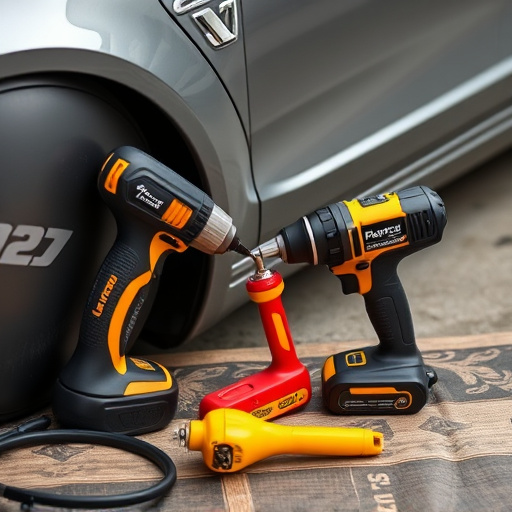Factory seam duplication is a precise manufacturing process vital for maintaining structural integrity and enhancing crash safety ratings in vehicle repairs. Accurate replication by skilled technicians using advanced machinery is crucial to avoid weaknesses or compromises in body stability. Best practices advocate for robotic systems and emerging technologies like 3D printing to ensure accuracy, consistency, and lighter, more durable components, ultimately saving lives and mitigating accident impacts.
Factory seam duplication, a process aimed at enhancing structural integrity, has sparked interest in its impact on vehicle crash safety. This article delves into the intricate world of factory seam duplication, exploring how it influences safety ratings. We’ll examine the process, analyze studies revealing its effects, and discuss strategies to mitigate risks. By understanding these factors, automakers can navigate a delicate balance between structural reinforcement and maintaining top crash safety standards.
- Understanding Factory Seam Duplication Process
- Impact on Crash Safety Ratings: What Studies Show
- Mitigating Risks: Best Practices and Future Technologies
Understanding Factory Seam Duplication Process
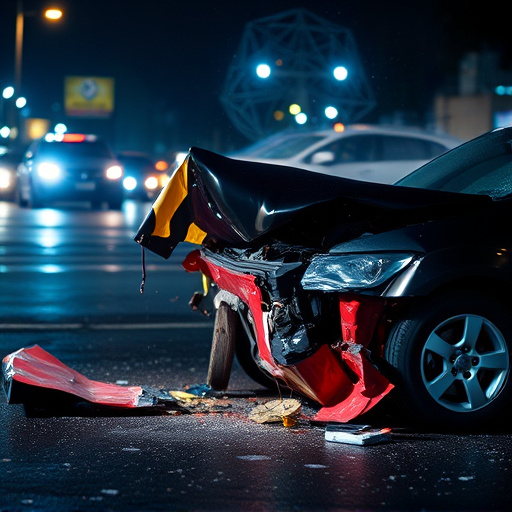
Factory seam duplication is a precise manufacturing process that involves creating exact duplicates of original vehicle seams. This technique is employed in vehicle body shops to maintain structural integrity and ensure proper alignment during frame straightening. By duplicating these seams, manufacturers can effectively replicate the original design and strength, which is crucial for crash safety ratings.
The process begins with meticulous measurement and analysis of the existing seams, followed by the use of advanced machinery to cut and form new panels that match the specifications precisely. Skilled technicians play a vital role in ensuring the accuracy of these duplicates, as even minor deviations can impact the overall stability of the vehicle body. This meticulous approach is essential for achieving optimal crash performance, where every component must contribute to enhancing safety without compromising structural integrity.
Impact on Crash Safety Ratings: What Studies Show
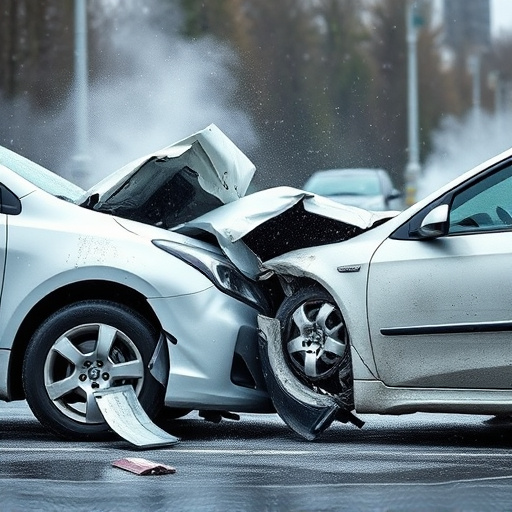
Studies have consistently demonstrated that factory seam duplication can significantly impact a vehicle’s crash safety ratings. When a car undergoes repairs, especially in areas like fenders or doors where seams are crucial for structural integrity, the replication of these seams is essential for maintaining the vehicle’s safety performance. Inaccurate or incomplete duplication can lead to weaknesses in the body structure, compromising the protection provided during a collision.
Research has shown that even minor discrepancies in factory seam duplication can result in reduced crashworthiness. Car paint repair and car paint services professionals must be adept at mimicking these seams to ensure the vehicle retains its original safety standards. Proper car scratch repair techniques that incorporate precise seam duplication are vital for preserving the structural integrity of the vehicle, ultimately contributing to better crash safety ratings.
Mitigating Risks: Best Practices and Future Technologies
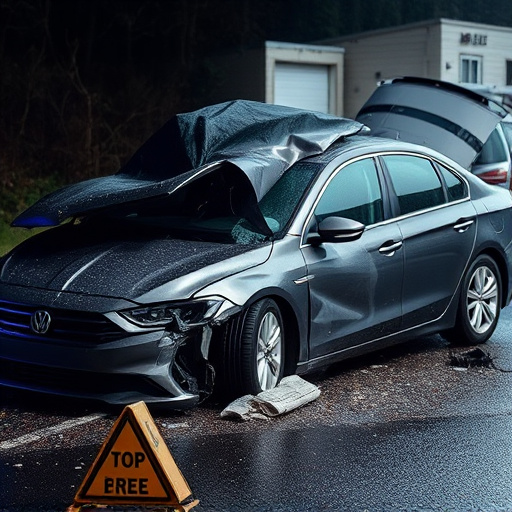
Factory seam duplication plays a significant role in crash safety ratings, highlighting the need for meticulous mitigation strategies. To minimize risks associated with this process, best practices involve utilizing advanced equipment and trained personnel to ensure precise replication. This includes state-of-the-art robotic systems that offer higher accuracy and consistency compared to manual methods, reducing potential errors that could compromise structural integrity.
Looking ahead, future technologies in automotive collision repair, such as 3D printing and advanced composite materials, promise even greater enhancements in safety. These innovations enable the creation of lighter, more durable components, directly contributing to improved crash performance. By adopting these best practices and embracing emerging technologies, the industry can continue to elevate safety standards, ultimately saving lives and reducing the impact of accidents.
Factory seam duplication, while enhancing structural integrity, can have nuanced effects on crash safety ratings. By understanding the process and its implications, automakers can mitigate risks through best practices and future technologies. Studies continue to play a crucial role in guiding these efforts, ensuring that vehicles remain both strong and safe. Adopting innovative approaches to factory seam duplication will ultimately contribute to improved overall vehicle safety, benefiting drivers and passengers alike.

